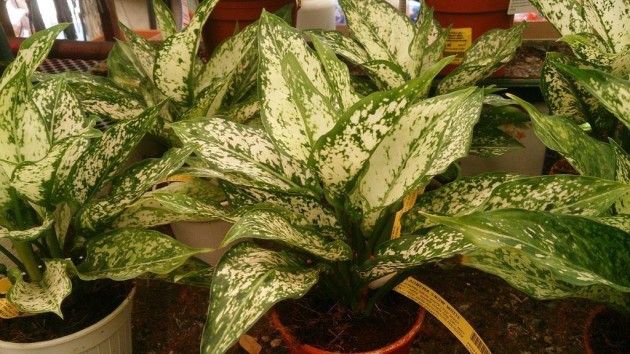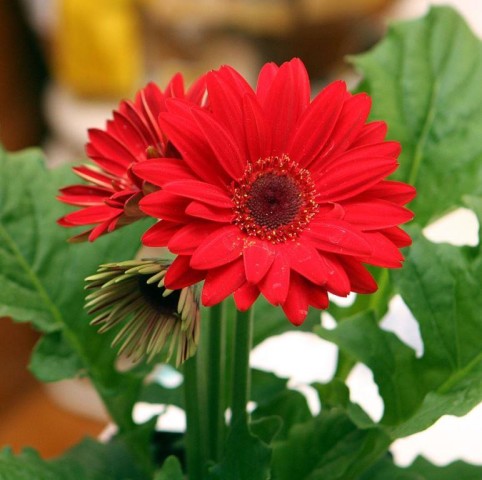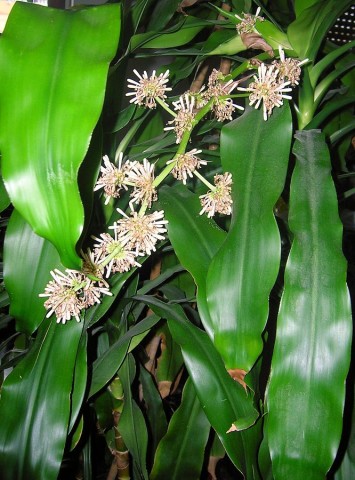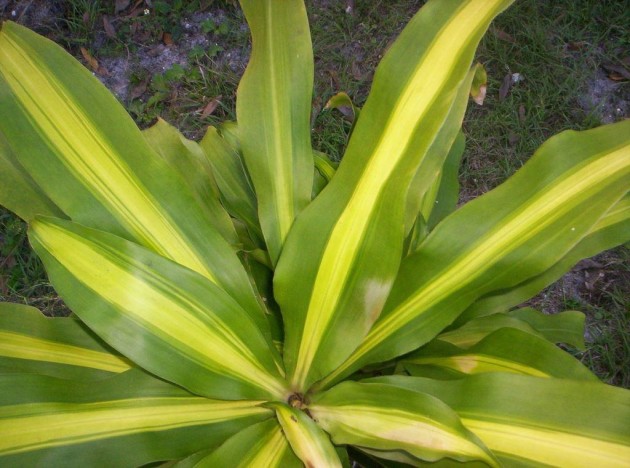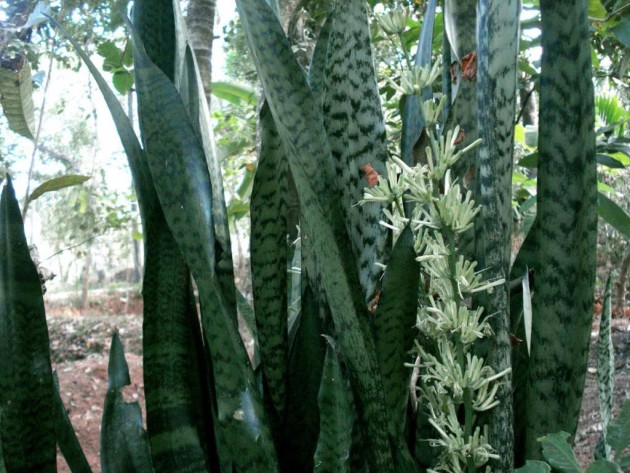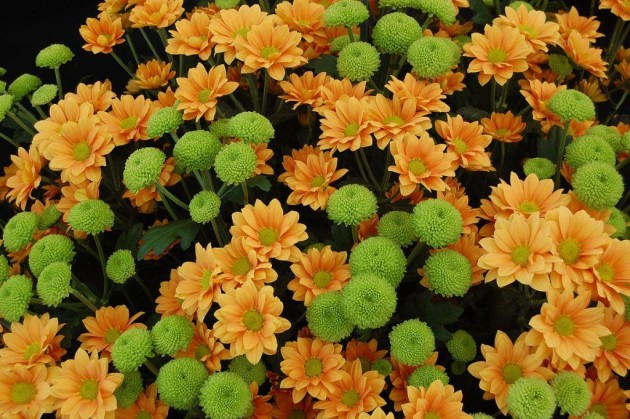Houseplants – Nemesis For Indoor Air Pollution
The energy crunch witnessed by the world in the late 1970s forced people to design and resort to energy efficient techniques and practices, which also included energy efficient buildings. Energy efficient housings brought in the trend of buildings which were super-insulated and had reduced free exchange of fresh air. It was eventually realized that these buildings having tighter and congested construction, sealed from outside air was more prone to accumulation of indoor air pollutants to dangerous levels, greatly affecting the health of the people residing in those buildings and aggravating the existing health issues of the people residing in the building.
The U.S. EPA (Environmental Protection Agency) has ranked indoor air pollution as being one of the topmost five threats to human health. Urban sprawl in the quest to find a livelihood has put a lot of pressure on the limited area available and hence in the bargain has brought about congested housing with improper ventilation. With people living indoor for 70-90% of the times, they are exposed to the harmful emissions from the synthetic material used in the construction, emissions from instruments, etc. bringing about deterioration in their health. Indoor air pollutants like Radon (from rock and earth under buildings, building materials that are Earth derived, etc.), Biological contaminants ( from infected animals and humans, house dust, etc.), Carbon monoxide, Nitrogen oxides, Sulphur dioxide (ovens and cook tops, tobacco smoke, wood or coal stoves, etc.), Respirable suspended particulates ( furnaces, water heater, fireplaces, wood burning stoves, etc.), etc cause many diseases like lung cancer, Emphysema, bronchitis and pneumonia amongst others.
The problem of indoor air pollutants is also faced by the people of developing countries like India. According to a WHO report about 7 million people die each year owing to air pollution, that is approximately one out of eight deaths across the globe making it one of the greatest environmental health risks. Astonishingly, about half the deaths caused can be attributed to indoor air pollution caused due to the use of cow dung, wood and coal in the indoor cooking stoves in the developing countries. According to Carlos Dora, the WHO unit coordinator for Interventions for Healthy Environments “The home with a dirty cook stove using coal can reach 2,000 or 3,000 micrograms per cubic meter of particles”. Such high intake of these particles enhances the chances of getting lung cancer, which accounts for 6% of the 7 million premature deaths caused by air pollution. According to a similar study, it was found that biomass is used as a principal fuel in two-fifth of the world households and has a strong relation with increased incidences of pneumonia and respiratory disorders in children below 2 years in developing countries.
The solution to the problem of increased concentration of indoor air pollutants lies in the Indian culture itself. India is a culturally diverse country and for ages has been a home to varieties of flora due to its hot tropical climate. The garden plants which are usually found in the Indian households have associated with it, great religious sentiments, for example the basil plant is usually found in the Hindu households. Some commonly found garden plants are night jasmine, basil, marigold, roses, money plant, hibiscus, etc. These garden plants, are not just aesthetically pleasing but also greatly influences the ambient air conditions and has a relaxing effect by increasing the relative humidity and removing dust particles. Plants effectively absorb the volatile organic compounds present in the air through their leaves and then translocate them into their root zones, where the microbes play a major role by breaking down the VOC’s. The microorganisms present in the soil also use up trace amounts of pollutants as a source of food. Biological processes taking place in the plants and Uptake by the root tissues also helps in breaking down some organic chemicals and helps in purifying the air.

Kamal Meattle, the CEO of Paharpur Business centre & Software Technology Incubator Park successfully used this to his benefit for the purpose of setting up an example of a clean building in one of the World’s smoggiest city, Delhi by the use of the natural lungs of the Earth. He planted around 800 plants in the building rated as the healthiest building in Delhi by Government of India, which served the purpose of removing soot and other chemicals from the ambient air throughout his building,. The three main houseplants that he employed for this purpose were-
- The Areca Palm (Chrysalidocarpus lutescens) – cleanses the air off carbon dioxide during the day
- The Mother-in-law’s Tongue (Sansevieria trifasciata) – works efficiently in converting Carbon Dioxide to Oxygen at night, and is fit to be used in the bedroom.
- The Money Plant (Epipremnum aureum) – filters out Formaldehyde and other Volatile Organic Compounds and also helps reducing particulate matter levels.
The use of plants was also effective in reducing the indoor air pollutant concentration of the improper ventilated buildings of the developed nations, according to Dr. Tony Pickering’s extensive study of the sick building syndrome it was found that there were minimal symptoms in naturally ventilated buildings with high amount of microorganisms in comparison to mechanically ventilated buildings having low number of microorganisms, concluding that indoor air pollution is a serious threat to human health and it could not be attributed to microorganisms. NASA along with ALCA (Associated Landscape Contractors of America) also tried to find a feasible solution to the problem and has gone a long way to make man realize how intricately the ecosystem is balanced and how dependent one is on the plants. The air filter design by NASA was an approach to remove high levels of indoor air pollutants like cigarette smoke, radon and organic solvent. The design combines plants with activated carbon filter, the activated carbon filter removes the organic chemicals, radon and pathogenic microbes, while the plant root destroys bacteria, viruses, organic chemicals converting them into new plant tissues.
NASA also reported in its study that the following plants were found to be effective in combating Sick Building Syndrome, by effectively reducing indoor air pollutants i.e. carbon monoxide, formaldehyde and benzene- Bamboo Palm (Chamaedorea seifritzii); Chinese Evergreen (Aglaonema modestum); English Ivy (Hedera helix); Gerbera Daisy (Gerbera jamesonii); Janet Craig (Dracaena “Janet Craig”); Marginata (Dracaena marginata); Mass cane/Corn Plant (Dracaena massangeana); Mother-in-Law’s Tongue (Sansevieria laurentii); Pot Mum (Chrysantheium morifolium); Peace Lily (Spathiphyllum “Mauna Loa”) and Warneckii (Dracaena “Warneckii”).
The Plants for Clean Air Council and Wolverton Environmental Services also tested different houseplants, testing their ability to remove various harmful gases such as formaldehyde, ammonia and xylene/toluene and concluded that the following houseplants were effective in reducing indoor air pollutant concentrations – Areca palm ( Dypsis lutescens), Bamboo palm (Chamadorea elegans or C. erumpens), Boston fern (Nephrolepis exaltata), Corn plant (Dracaena fragrans), Dracaena deremensis , etc.
The above studies were further supported by the study conducted by Pennsylvania State University published in the journal HortTechnology of the American Society of Horticulture Science. It was found that houseplants are also effective in reducing indoor ozone concentration. Snake plant, spider plant and golden pothos were found to be effective in reducing the indoor ozone concentration. Ozone released by various electronics like laser printers, copy machines, UV lights, etc is otherwise really toxic to human health other than just causing smog. It causes diseases like hemorrhage, reduced lung function, inflammation and pulmonary edema.
The trends in litigation, cultural preferences, codes and regulation, public perception, existing building design and introduction of new construction material and commercial products poses great challenge for the green buildings initiative, which are environmentally sustainable and has less impact on human health. Houseplants are effective in combating the problem of indoor air pollution which has devastating effect on human health for the developing and developed countries alike. Integration of Natural ventilation, microzoning with subfloor plenums, displacement ventilation, reduced dependence on biomass as energy source with plants like mother in law tongue, money plant, etc. can greatly reduce indoor air pollution and is an effective key to a healthy home.
References-
http://www.boldsky.com/home-n-garden/gardening/2013/common-indian-garden-plants-032769.html
http://www.atsjournals.org/doi/abs/10.1164/ajrccm/136.6.1486#.VhfOq-yqqkr
http://www.scielosp.org/scielo.php?pid=S0042-96862000000900004&script=sci_arttext
http://www2.ca.uky.edu/HES/fcs/FACTSHTS/HF-LRA.161.PDF
Image credit:
Indoor Plants in Office (First image), Bamboo Palm, Chinese Evergreen, English Ivy, Gerbera Daisy, Janet Craig, Marginata, Mass cane/Corn Plant , Mother-in-Law’s Tongue, Pot Mum, Peace Lily, Warneckii.
You can also access the list of nurseries of forest department in Delhi from following link.


